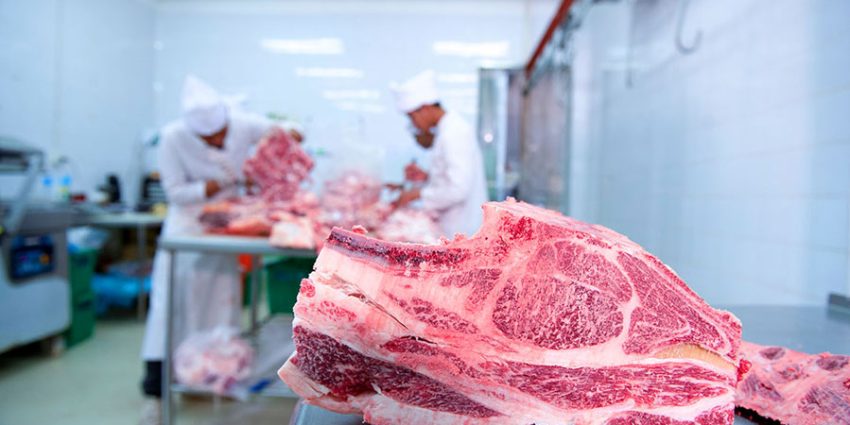Meat processing tools are more than just functional instruments. They are crucial in maintaining food safety standards across the industry. From butcher knives to slicers, these tools ensure precision cuts, reduce waste, and most importantly, help uphold hygiene practices. With foodborne illnesses being a constant concern, these tools play a pivotal role in keeping meat safe for consumers. So, how do these tools impact food safety?
Clean Tools, Safe Meat
Cross-contamination is a major risk in meat processing. Meat is susceptible to harmful bacteria like E. coli and Salmonella, which can spread from one surface to another. Properly cleaned and sanitized tools are essential for preventing this spread.
Facilities must follow strict hygiene protocols to ensure tools are regularly sterilized between uses. This practice significantly reduces the risk of contamination, ensuring that meat remains safe throughout the processing stages.
Ensuring Consistency and Safety
The ability to make precise cuts plays a big role in food safety. Inconsistent cuts can lead to uneven cooking, leaving thicker portions undercooked and prone to bacterial growth. Tools like slicers and knives provide the accuracy needed to ensure uniform portions.
Consistency not only enhances food safety by ensuring proper cooking but also minimizes waste. With well-cut portions, more meat can be used efficiently, benefiting both safety and productivity.
Stainless Steel
The material used in meat processing tools is just as important as their function. Stainless steel is the gold standard for meat tools because it’s non-porous, making it resistant to bacteria buildup. It’s also durable and can withstand frequent sanitization without degrading.
Stainless steel’s resistance to rust and corrosion ensures that tools remain hygienic and reliable, reducing the risk of contamination. This material’s durability and ease of cleaning make it ideal for maintaining clean, safe tools in any food processing environment.
Keeping Tools Sharp and Safe
Tool maintenance is critical for food safety. Dull knives or poorly calibrated tools can lead to inconsistent cuts, increasing the risk of contamination and injury. Regular sharpening and calibration keep tools operating smoothly, ensuring safe, clean cuts and reducing the chance of foodborne illnesses.
Routine maintenance also extends the life of tools, preventing breakdowns that could slow down operations or compromise safety. Well-maintained tools mean safer meat processing overall.
Employee Training
Even the best tools can’t guarantee food safety without proper training. Employees must know how to clean, maintain, and use tools correctly. Comprehensive training programs ensure that workers understand how to prevent contamination through proper tool handling and sanitization.
Trained workers can recognize potential hazards and take proactive steps to maintain hygiene during meat processing. In turn, this ensures safer products and more efficient workflows.
Conclusion
Meat processing tools are vital in upholding food safety standards. From preventing cross-contamination with proper sanitization to ensuring precision with sharp, well-maintained tools, these devices protect both workers and consumers.
As the industry embraces automation and more efficient processes, maintaining the cleanliness and functionality of these tools remains essential. With well-trained staff and hygienic practices, every cut of meat processed is safe, clean, and ready for consumption.

